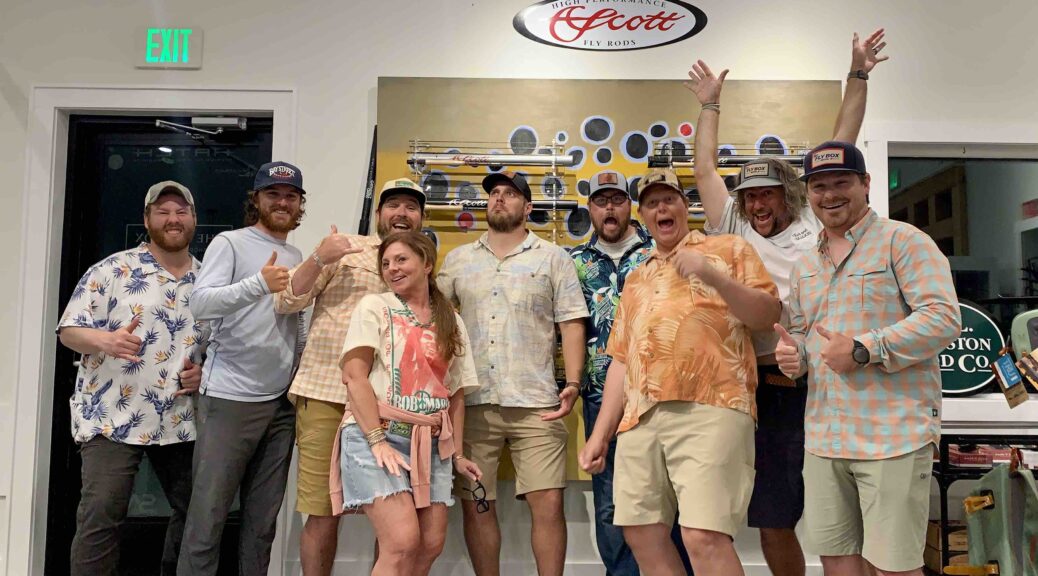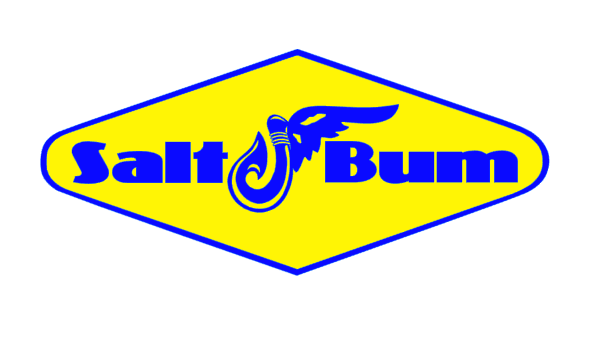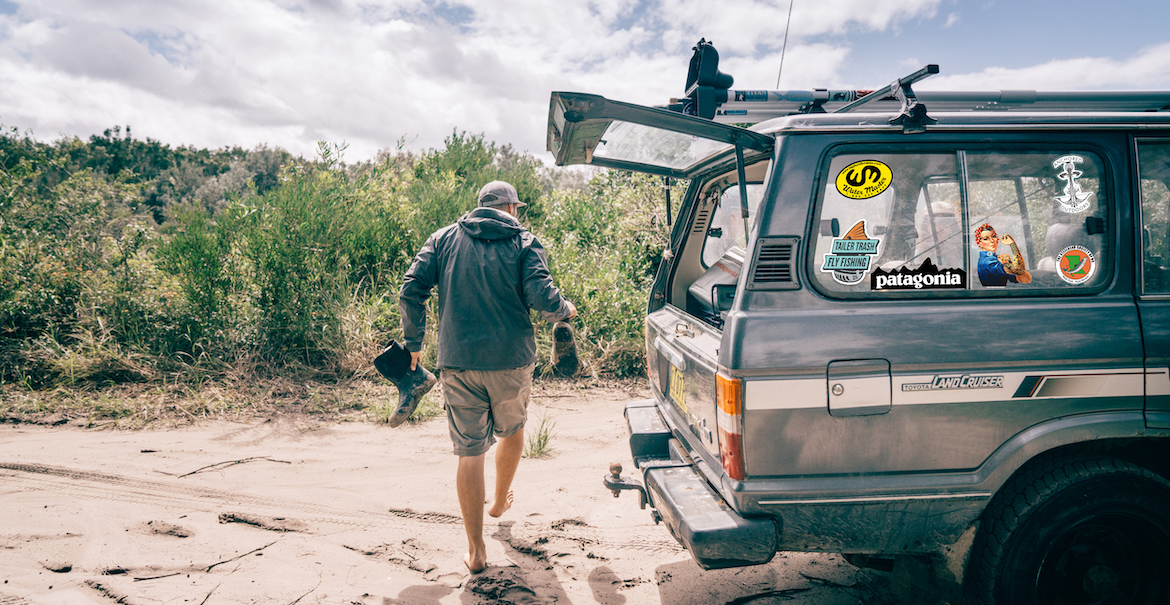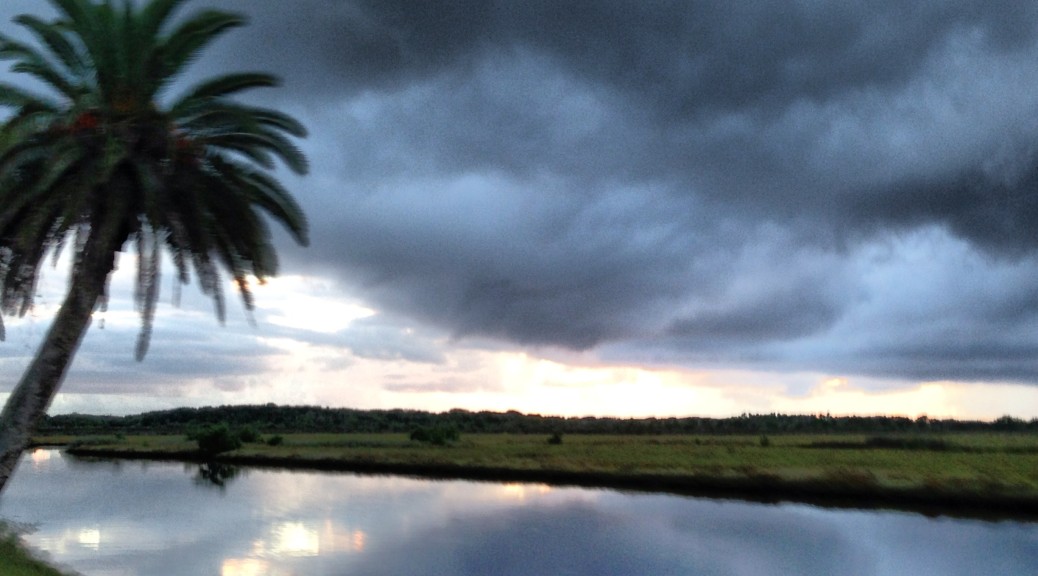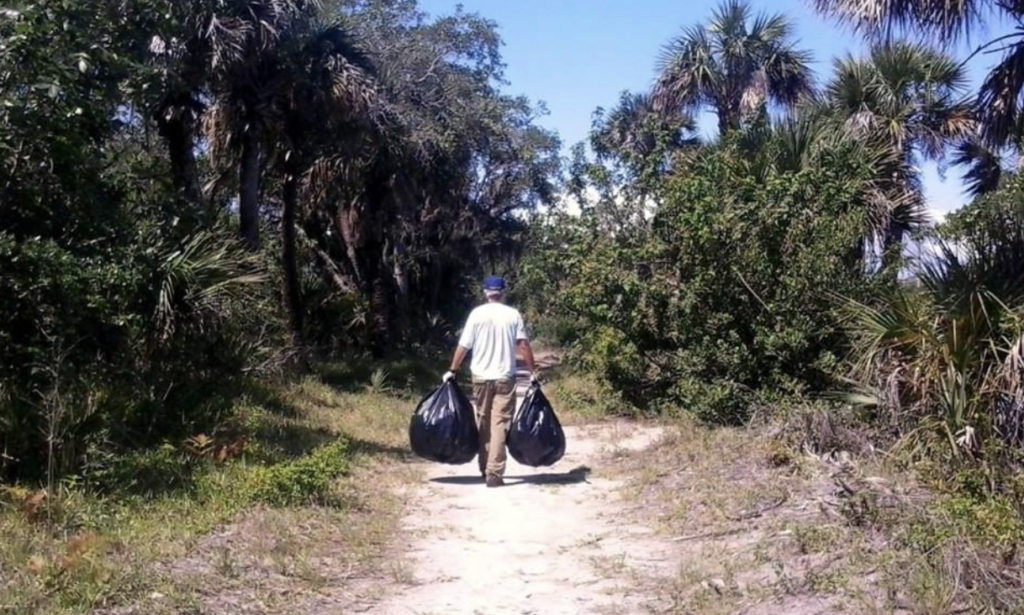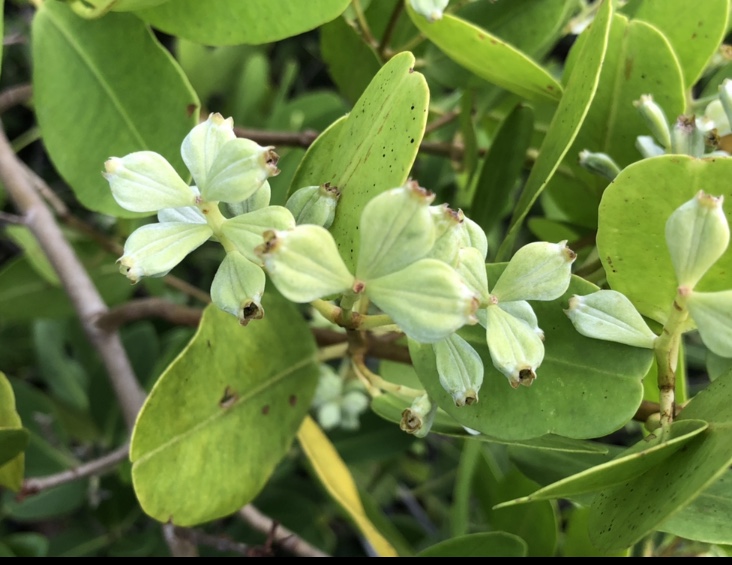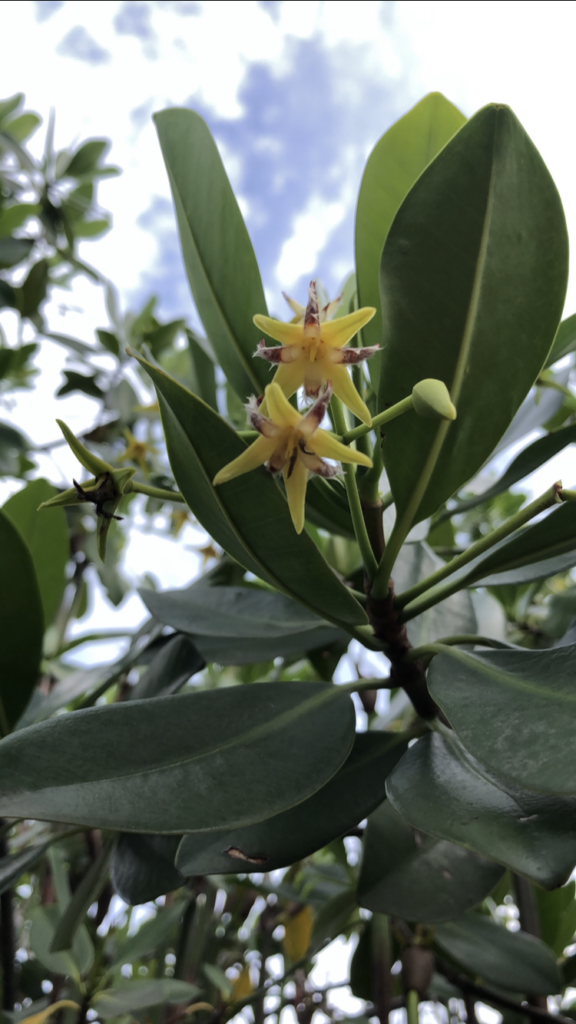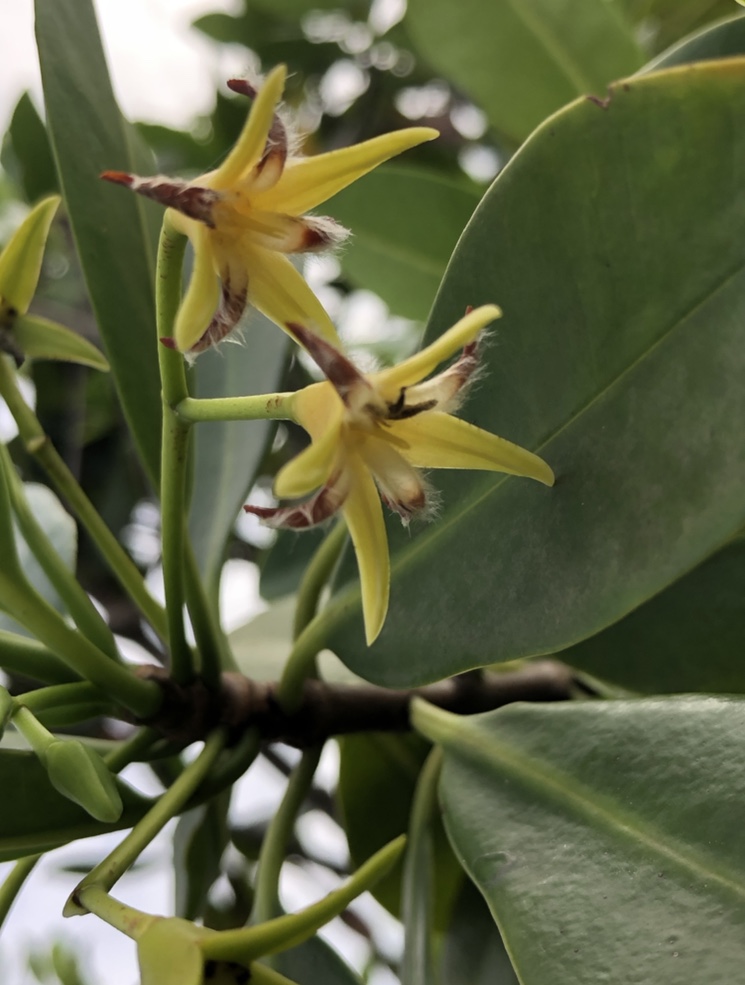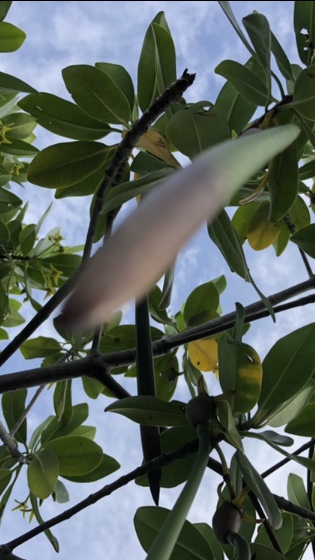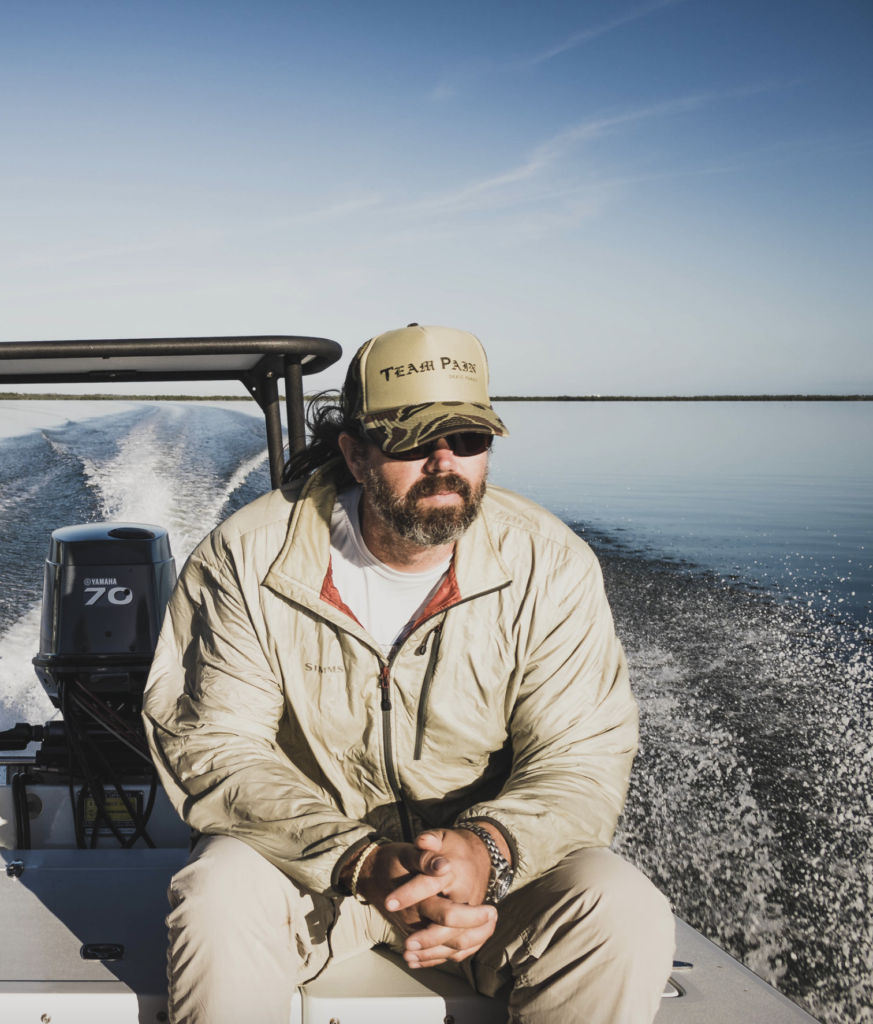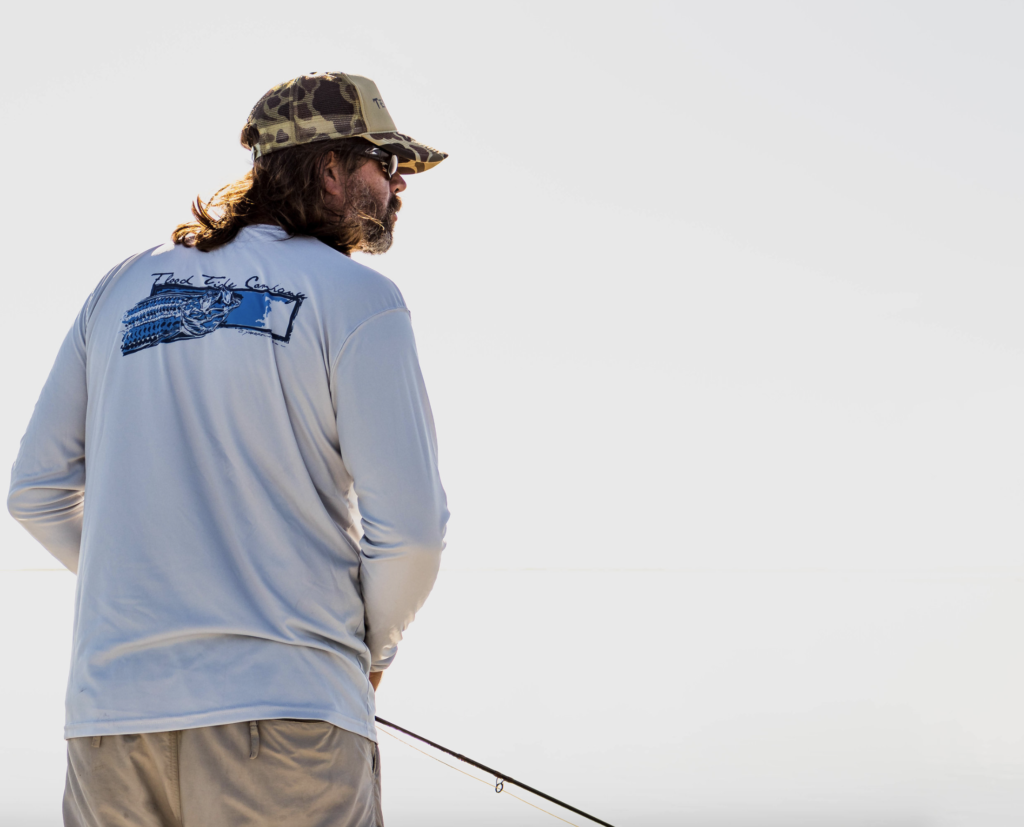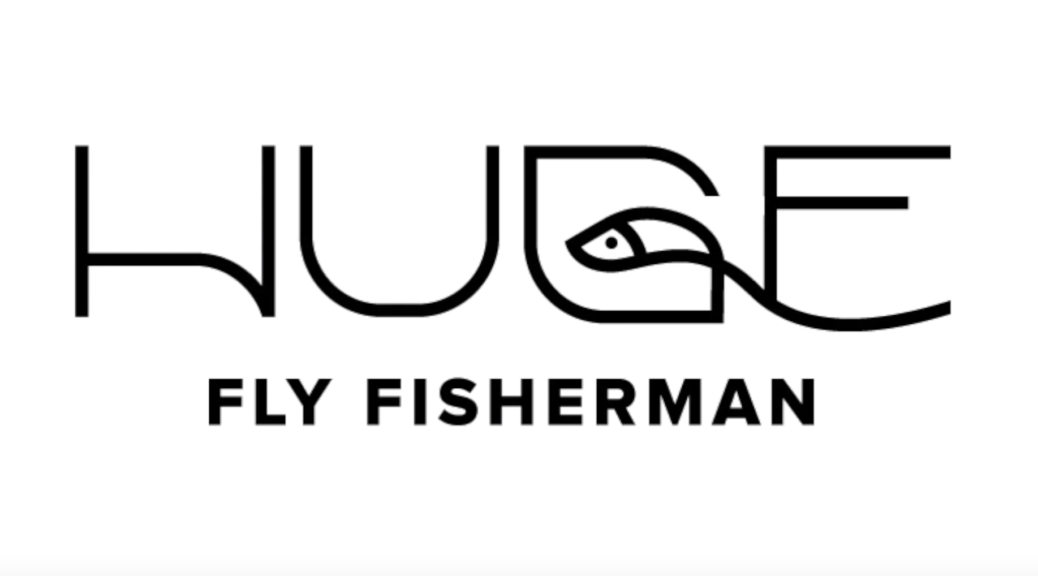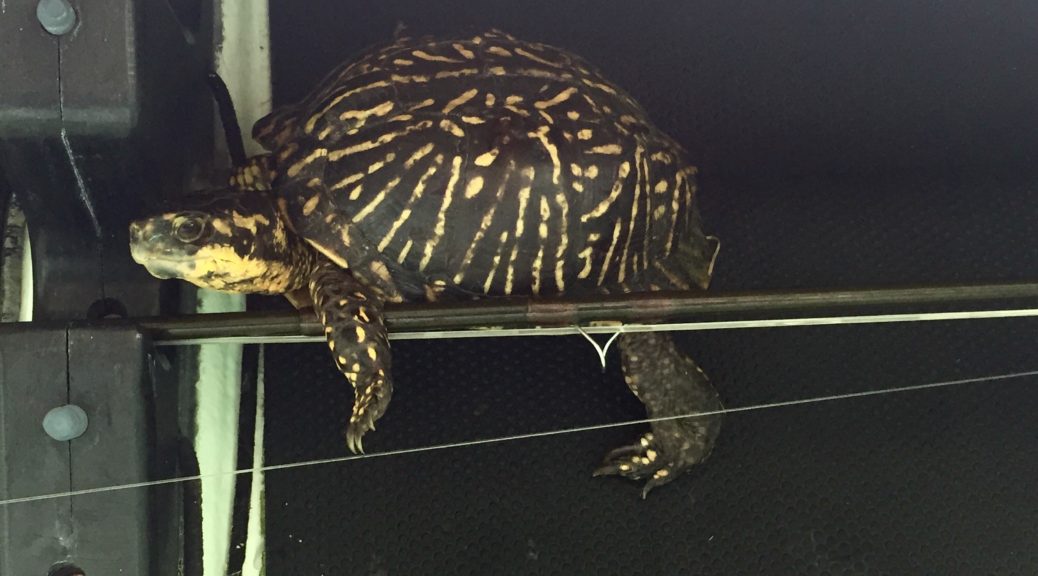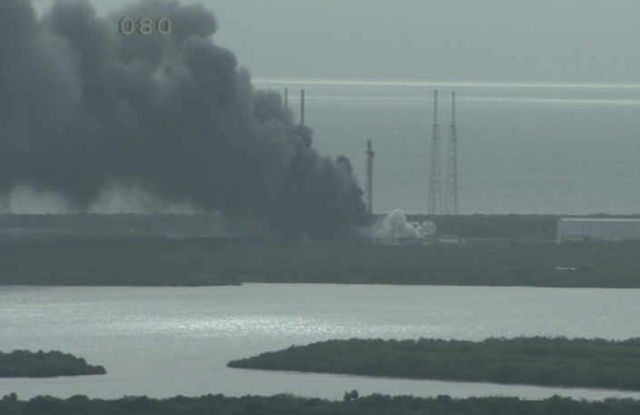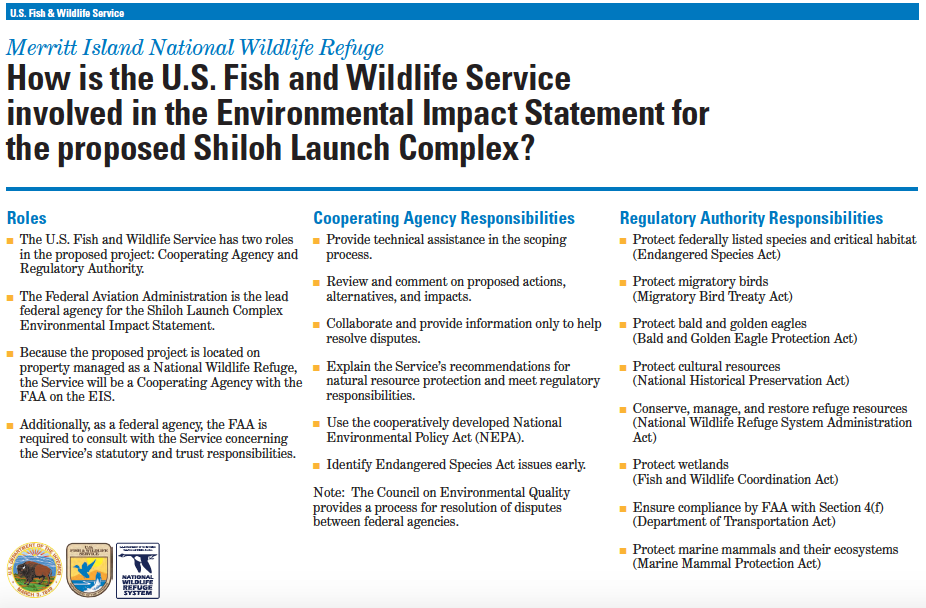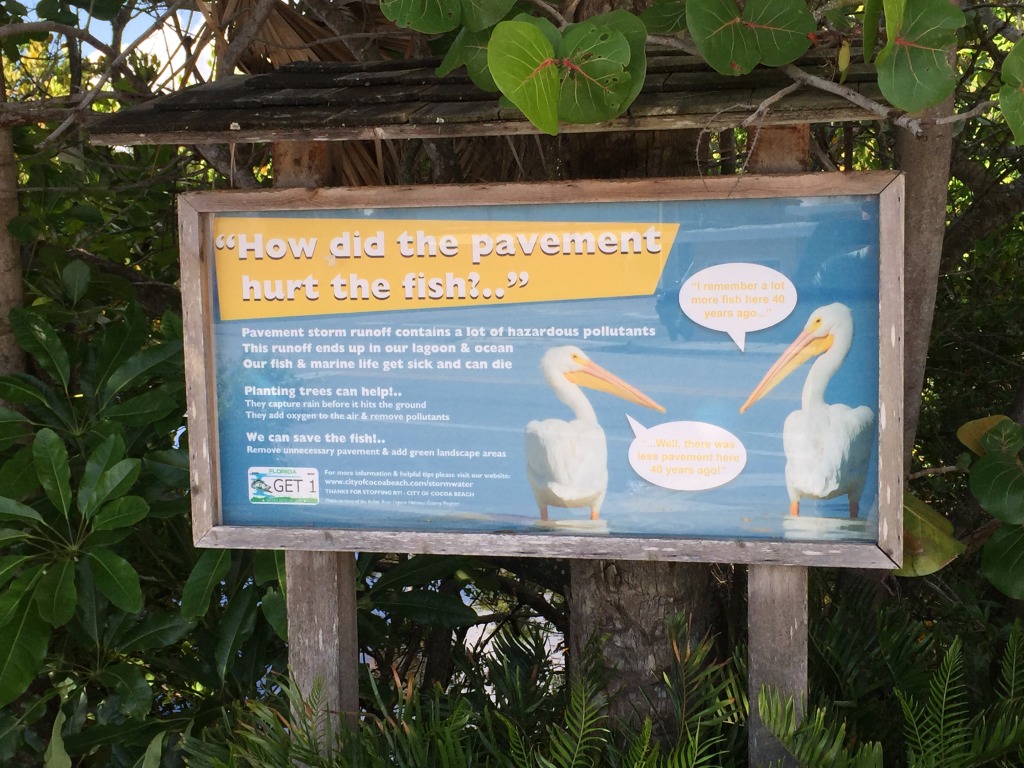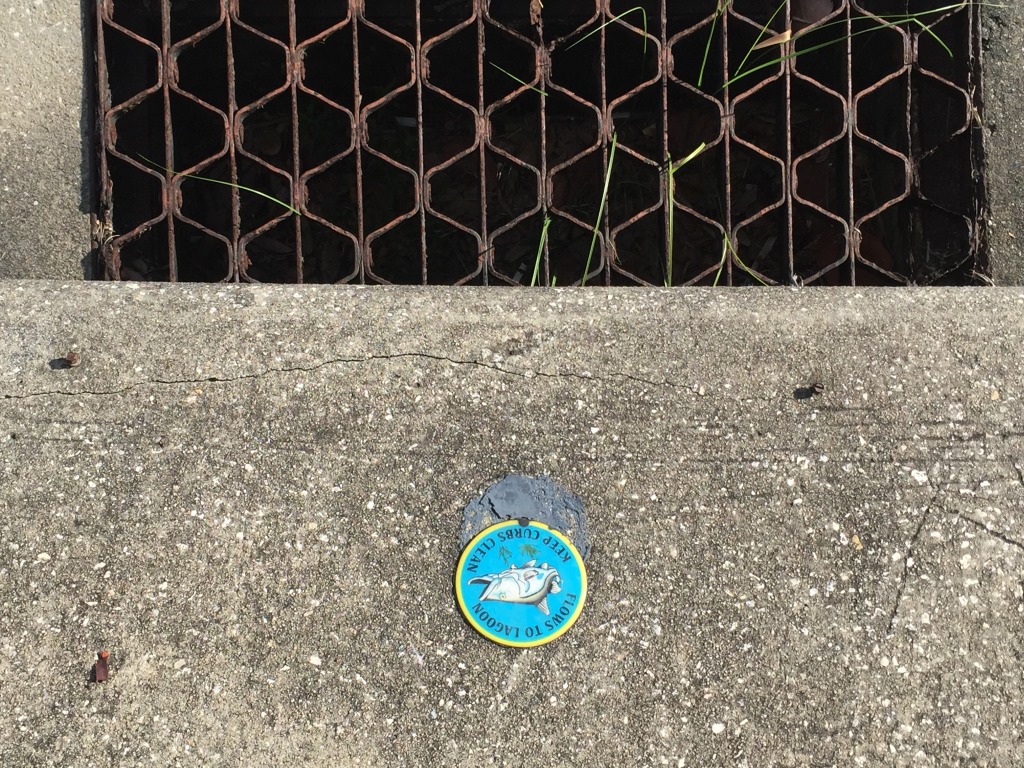I recently had the pleasure of getting on the water with Michael Marco to chase redfish in Mosquito Lagoon. It had been quite some time since we had last fished together, so we were overdue to spend some time on the skiff.
Like me, Michael spends a good bit of time on the road logging what we like to call “windshield time”. I was cruising northbound on Interstate 95 and had decided to call and check in to see how his new Skimmer Skiff was coming along and found out he was actually in the area for a day or two, so we quickly hatched a plan to capitalize on the opportunity to get on the water.
When he arrived in the early evening a good number of thunderstorms were just beginning to fire off and drift through the area. After watching the radar for a while, we accepted the reality of having to cancel our evening patrol plans, but quickly pivoted to dinner plans at the local, Goodrich Seafood.
There is no doubt when you roll through Goodrich that the food will be fresh and the beers cold, so we made the short drive there and had a feast.
After returning home, we put out a call to fellow Fly Fishing After Dark Podcast members Avery and Cameron to join us for some beers. Once they arrived we spent a few hours catching up and telling lies.
Michael was freshly back in town from a trip to the former Soviet Union where he and his father had spent a week fly fishing for taimen. Other than a very scant few details to peak our interest, he kept stories of the adventure to himself so that we can bring him on a future episode of the podcast to reveal them for the first time. Based on the couple of nuggets he did share, I can’t wait!
The next morning we made the two-minute trip to the landing to launch the skiff as the sun was breaking the horizon over the eastern horizon. Surprisingly, we ended up finding redfish sparse, despite the cooling rains the evening prior. The handful we saw while Michael was up, were of the prissy variety for which our home waters are known.
As we prepared to pole off of a flat to fire up the engine and scoot across the channel, we spotted what we at first thought was a hawksbill terrapin. As we poled over to take a closer look, we were both shocked to see it was actually a Florida Box Turtle that was swimming, albeit slowly, across the skinny flat separating two islands. We scooped the obviously tired dude up and gave him a skiff ride with the plan to release him later.

Michael insisted on poling the next flat, so I got the chance to fish for a bit, which was great.
We eventually found some more agreeable fish and I was rewarded with a nice redfish that ate a well placed fly before it could even be stripped. The redfish literally made a hard U-turn and inhaled the fly that had dropped six inches away along its right side. It was the kind of eat you don’t forget.
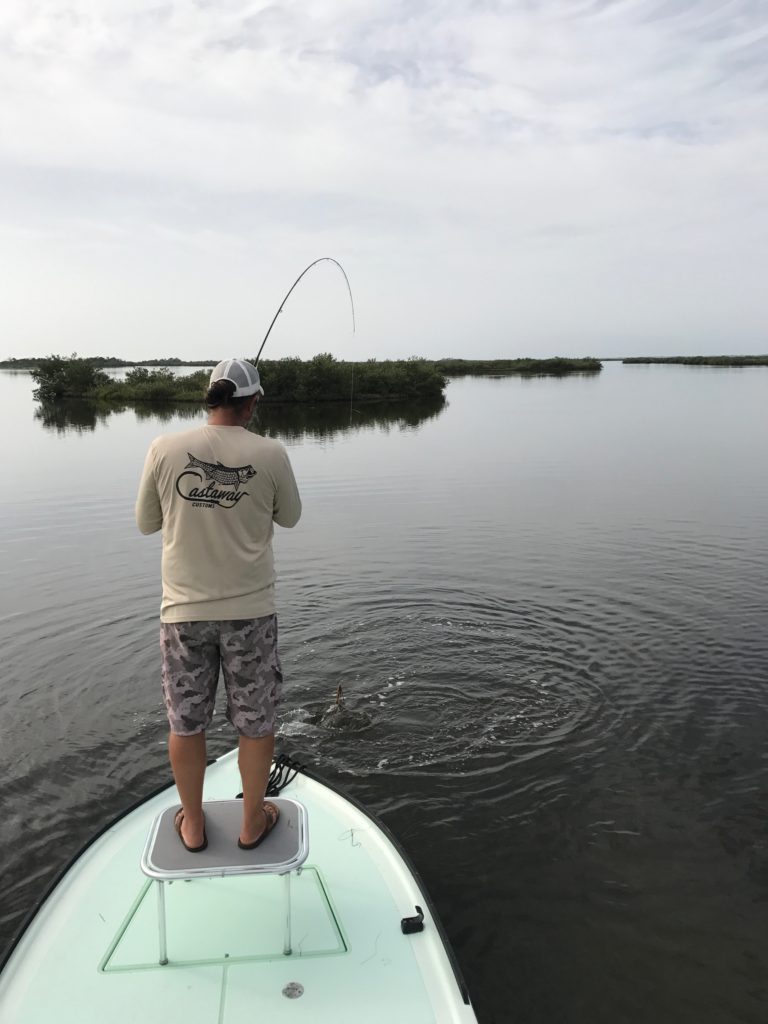
We exchanged ends of the skiff and worked for a while to get Michael a fish, but despite some epic casts and even a follow that we both expected to end in a hook-up, we had to end the day before we tallied a second fish.
Work was calling for us both and more importantly, Michael had an appointment he needed to keep, the delivery of his shiny new Skimmer Skiff.
As we idled towards deeper water preparing to run back to put the skiff on the trailer, I saw what I thought was a crab trap buoy. Moments after looking at it, I saw a head pop up and realized it was a turtle of some kind. Turns out, it was another Florida Box Turtle! We scooped him up too and gave him a lift back to the Tailer Park along with his smaller cousin who had already been chilling with us.
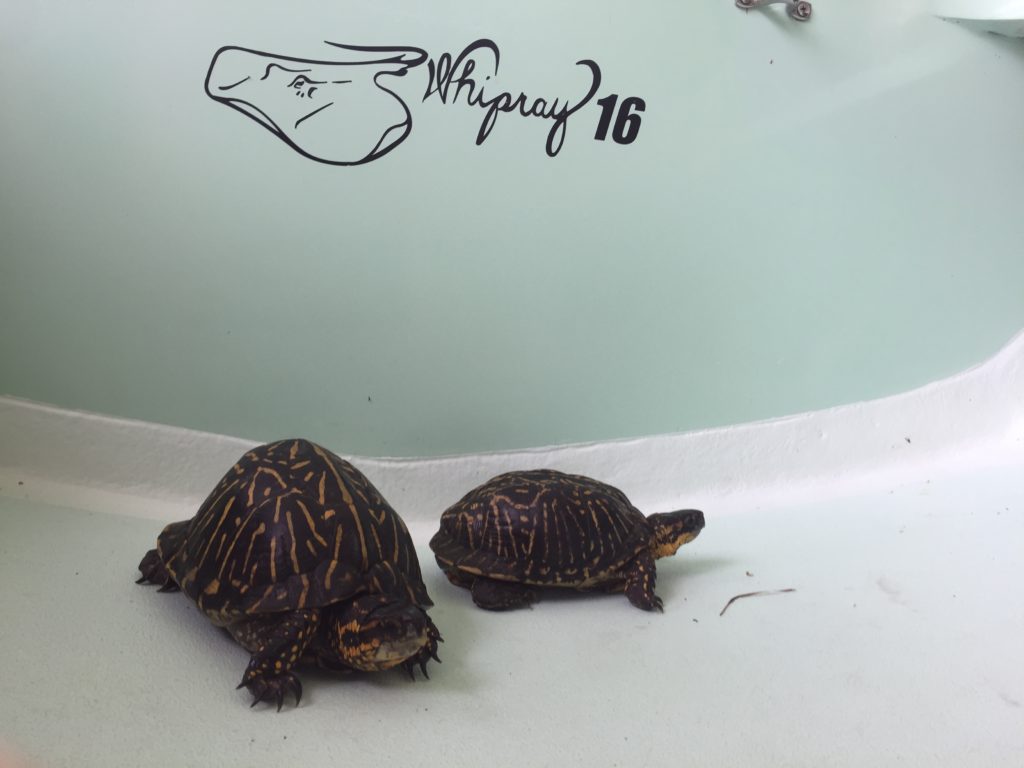
Both of the box turtles were set free to roam the neighborhood shortly after getting back to the house.
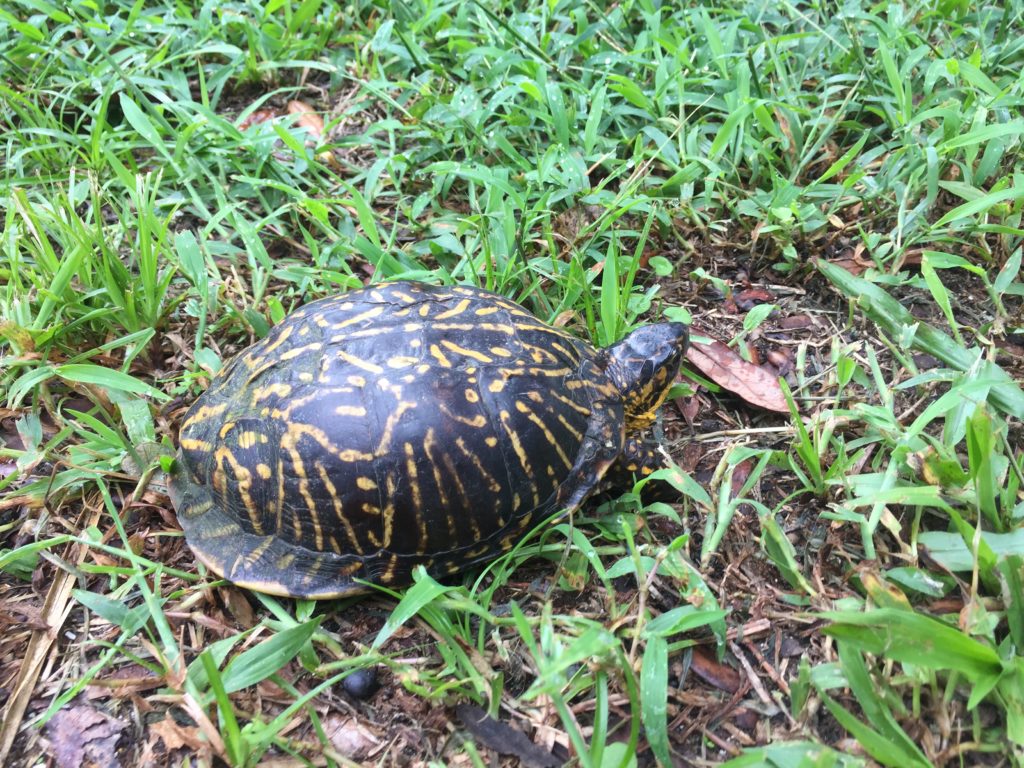
It was great spending time with Michael, and without a doubt it will be a trip I wont forget, not just because of the great redfish moment, but also for the unique opportunity to encounter two box turtles swimming in a saltwater estuary.
Fly-fishing never fails to deliver great friendships and amazing experiences. I’m looking forward to hearing the full taimen story, getting out on Michael’s new skiff or some other adventure that leads us to amazing places.

